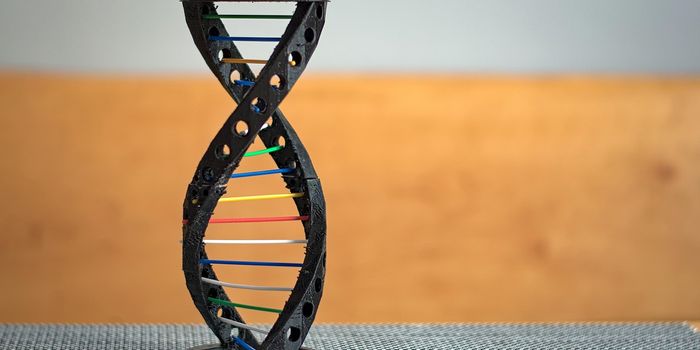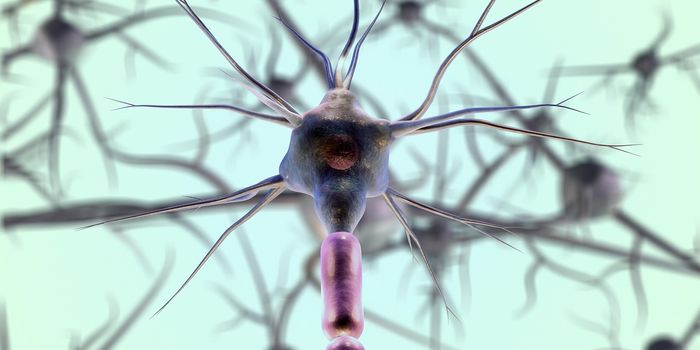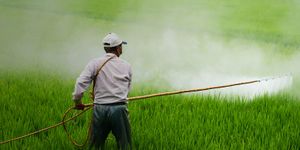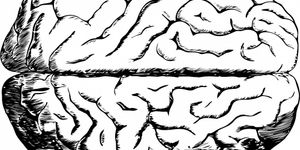Too much inflammation lies at the root of many diseases, one being atherosclerosis. In a new study from Michigan State University researchers are looking at when and how inflammatory genes are activated - how can we stop the immune system from unnecessarily activating these genes?
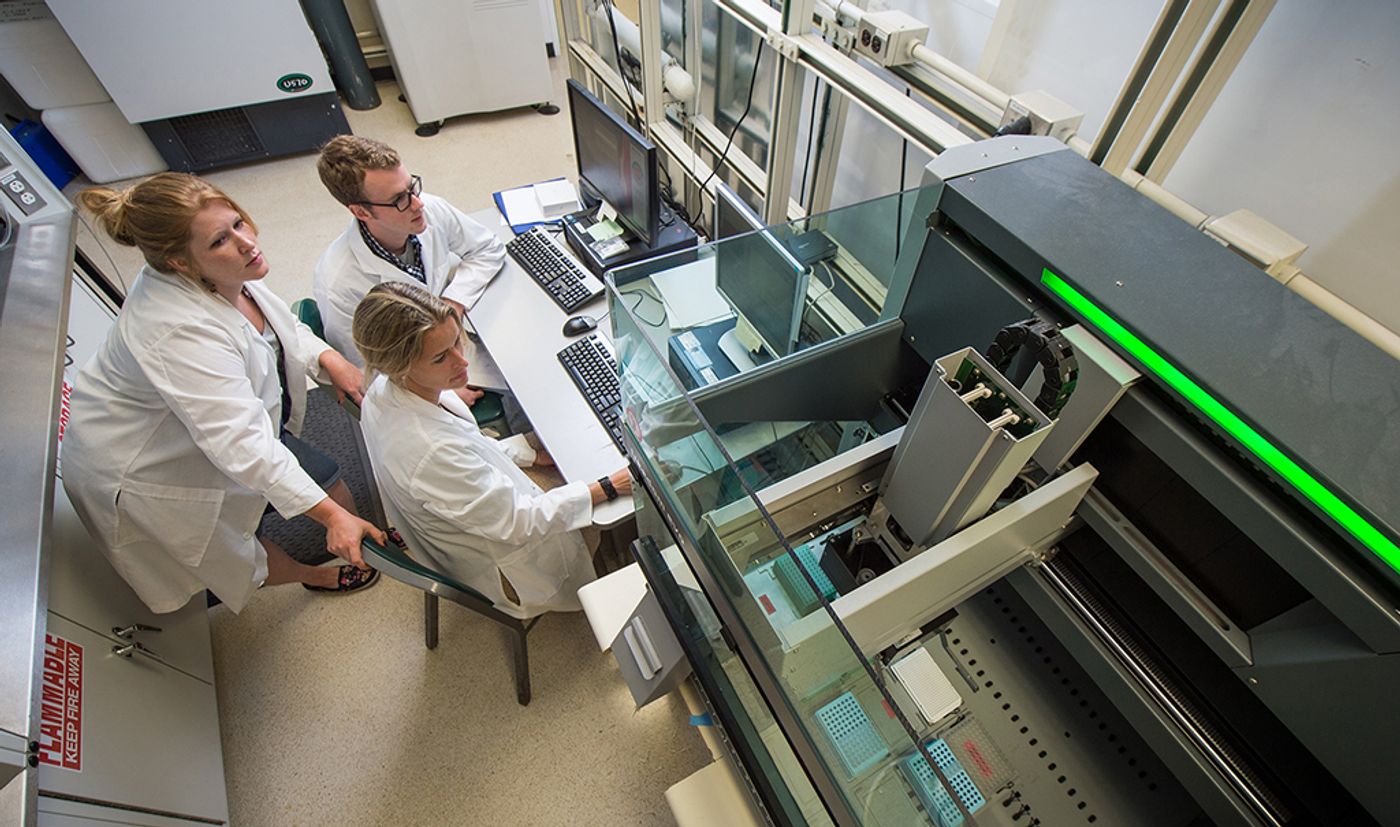
Atherosclerosis develops as a result of an ongoing inflammatory response: white blood cells aggregate, initiating the process of atherosclerotic plaque buildup, which scientists have seen in multiple studies including those with human participants. Then, a domino-type reaction occurs, where more and more cells continue to build up and cause blockages. Induced by a poor diet and other lifestyle factors, arterial endothelial cells start to express adhesion molecules on their surface that bind to white blood cells.
The Michigan State study looked at the expression of specific genes proven in the past to be related to the inflammatory pathway. With inflammation being strongly tied to atherosclerosis, which leads to various types of heart disease, understanding the process of how genes initially get involved in causing inflammation can help doctors can identify better drug targets and tackle the root of of the problem.
If it weren’t for the nucleosome, genes would constantly be available for activation, and the immune system (and certainly other systems) would run amuck. However, nucleosomes, the basic repeating structural and functional unit of chromatin, are present, and they inhibit gene access to the transcriptional enzymes that unzip and copy DNA. For opportune moments when genes should be activate, the body incorporates a nucleosome remodeler to make the genetic material available for transcription and “open for business.”
This research study is not so much about which genes are involved. Rather, the scientists were interested in identifying the specific steps of the mechanism that makes certain genes accessible during an infection. For example, if an individual’s immune system goes through the same steps during both an infection and when there is no warranted stimulus, the person is probably at risk for an autoimmune disease.
"What causes some cells to express these genes while other cells do not? Does the packaging of DNA play a role in deciding which genes are expressed?” asked lead author Monique Floer. “We believe that it's more about the regulation and the mechanics of how the transcriptional machinery is recruited than the genes themselves."
Specifically, Floer and her team isolated stem cells from the bone marrow of mice fighting infections and experiencing inflammation. The researchers grew the cells in the lab until they became full-fledged macrophages, what
Nature Reviews Immunology call the “big eaters” of the immune system, for their tendency to clean up dead and dying cells as well as pathogens.
Floer described their findings like this: “As a cell differentiates into a specific cell type, it acquires all of the necessary information early on that dictates its behavior as an adult cell.” They saw that even as stem cells transitioned into adult macrophages, transcription factors and genes specific to the cell type began to bind, a process required to recruit the nucleosome remodeler, which the immune system would need later in case of an infection to “unlock” access to certain genes.
In the future, Floer and her team plan to extend their studies to the entire genome, addressing the following questions:
- How will certain environmental changes occurring during stem cell differentiation change the amount of nucleosome remodelers that are recruited?
- How might the absence of nucleosome remodelers “at a critical time in development” lead to cancer?
The present study was published in the
Journal of Biological Chemistry.
Sources:
Michigan State University,
Circulation,
Scitable by Nature Education



